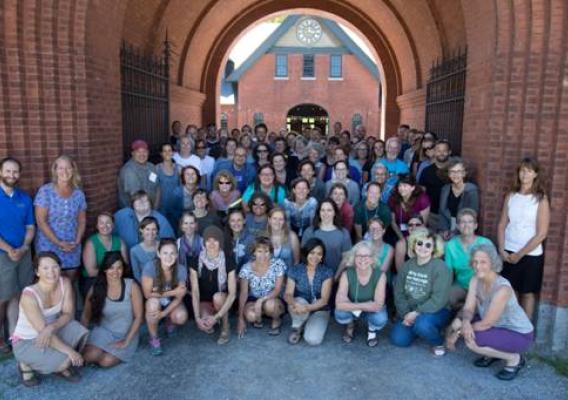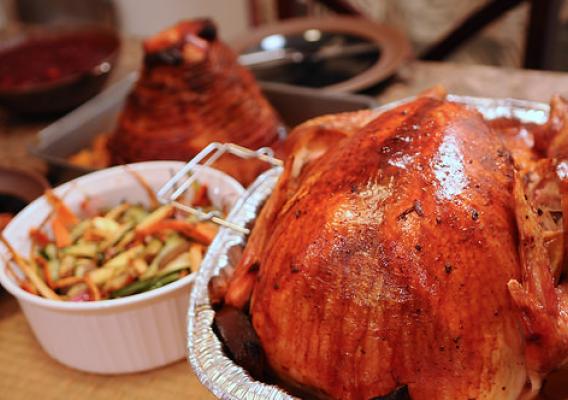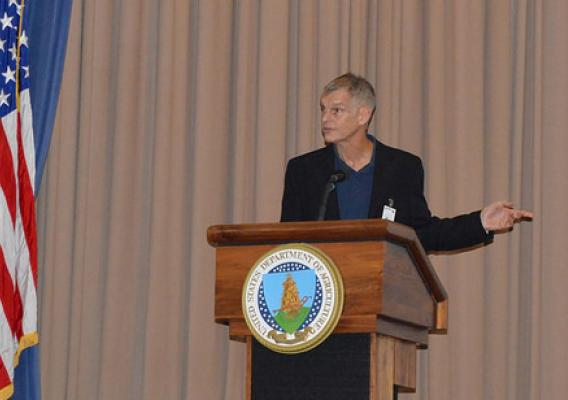Recently, I had the pleasure of visiting with US Department of Agriculture counterparts in both Chile and Peru. My travel to South America was an opportunity to discuss our most recent trade successes and how we can further build on this great relationship and momentum.
In Chile, I met with the Chilean Minister of Agriculture, Carlos Furche and Chilean Agriculture and Livestock Service (SAG) officials to discuss bilateral animal and plant health trade issues. US Ambassador to Chile, Michael Hammer, was also in attendance. To better understand their domestic processes and procedures for imports, I participated in a tour of a grocery store selling U.S. products including U.S. beef and visited a feedlot and a dairy farm as well as other agricultural sites near Santiago. This year Chile granted market access to U.S. live cattle and renewed domestic access to U.S. bovine embryos, more easily allowing Chile’s farmers to improve the national beef and dairy herds with genetics supplied from the U.S. The last time I visited Chile was five years ago, so it was great to refresh the cooperative and collaborative working relationship between USDA’s Animal and Plant Health Inspection Service and SAG.










